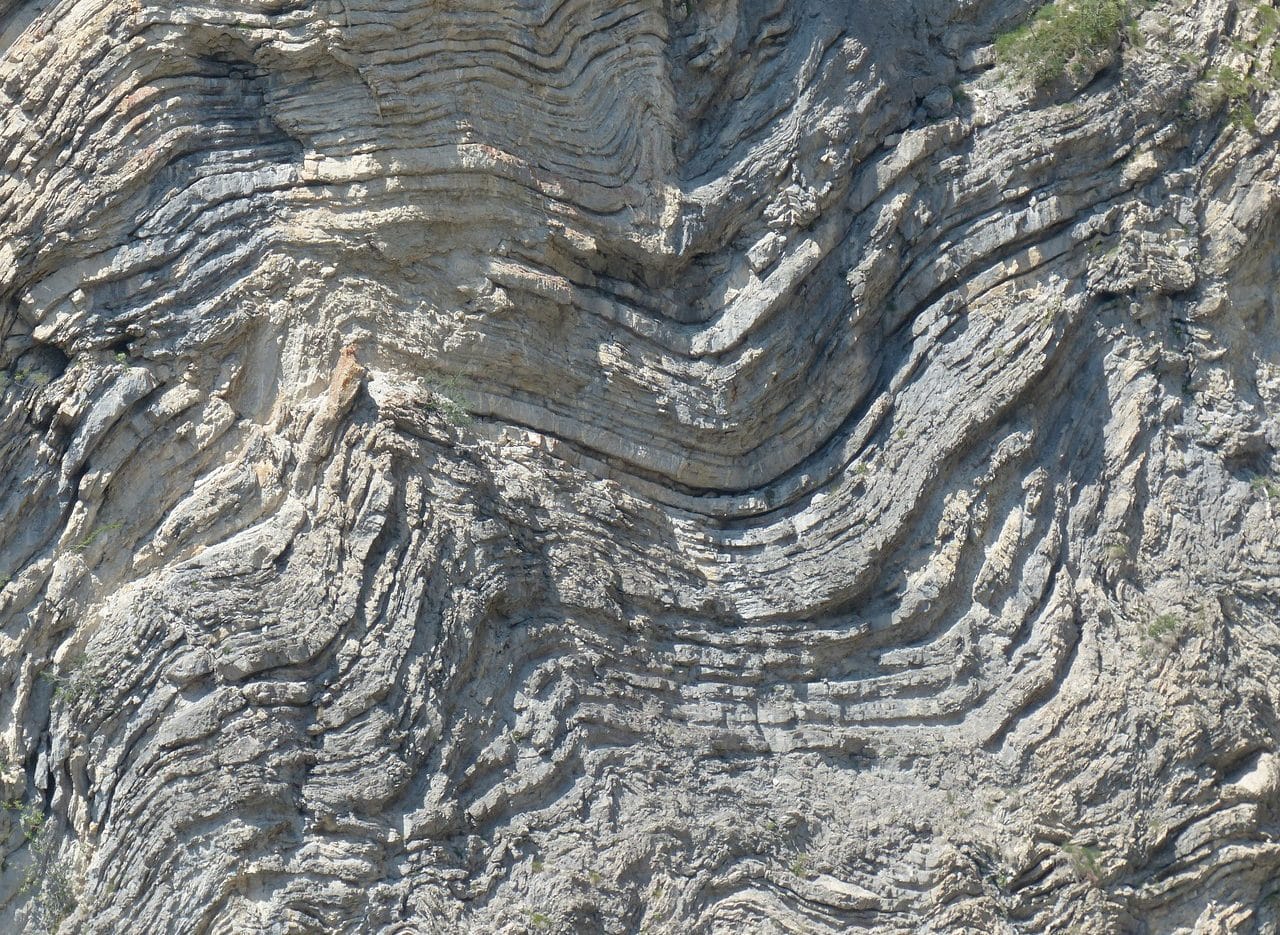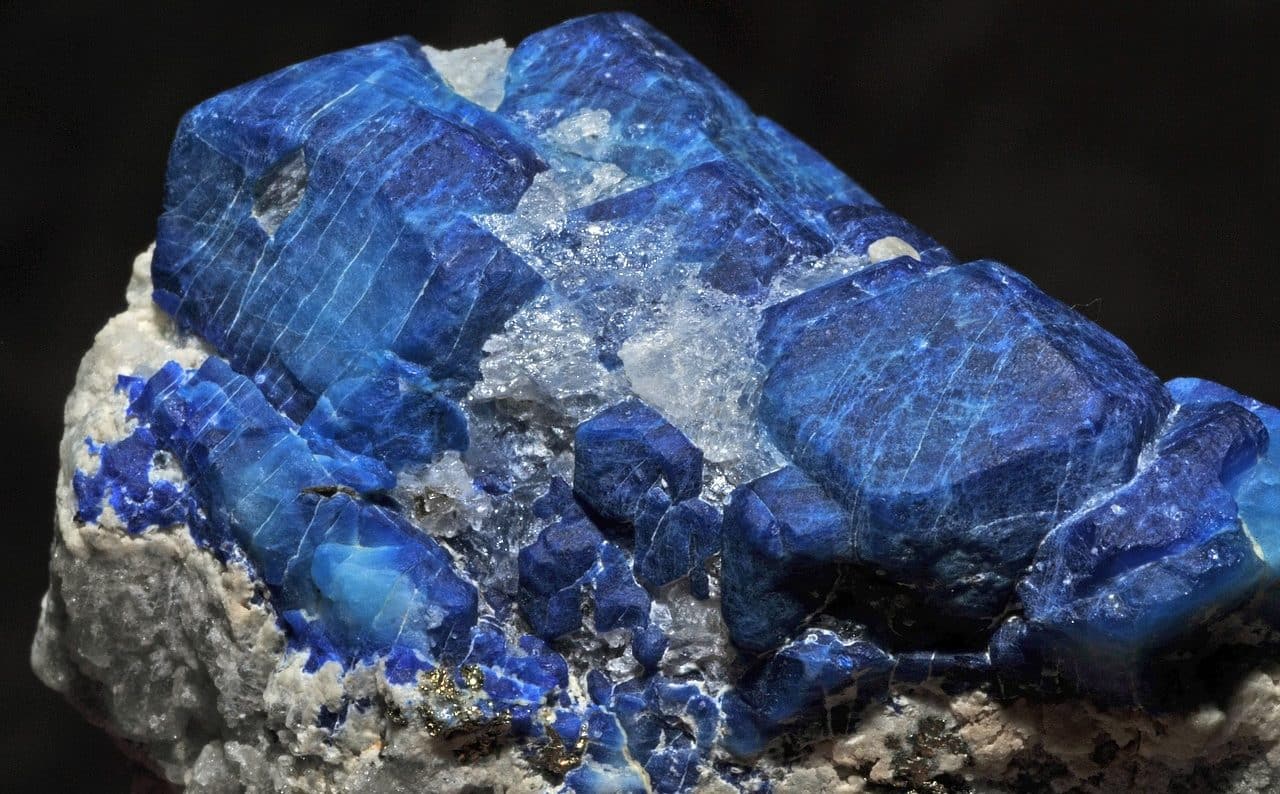
Petrography is a branch of geology.
Petrography is the specialty of geology that is dedicated to the description and analysis of rocks . It is an area of knowledge that is complementary to petrology , whose object of study is somewhat different.
Petrography specializes in analyzing the composition of minerals, the structure and the descriptive section of rocks . Petrology, on the other hand, is focused on the origin of rocks and the relationships that they develop among themselves.
It can be said, therefore, that petrography and petrology complement each other for the development of geology, which is the science dedicated to studying the materials that make up the terrestrial globe and analyzing its shape.
Object of study of petrography
Petrography, in short, works with the different minerals that make up rocks. According to the conditions and state of the minerals they contain, rocks can be classified as metamorphic (they originate from the interior of the planet , being modified by temperature and pressure), sedimentary (they are created from the collection of different minerals ) or igneous (created from eruptions and processes linked to magma).
It should be noted that the concept of petrography is formed by two Greek terms: petra (which can be translated as stone or rock) and graphos (referring to description). From the name of this specialty, it is clear that the purpose of petrography is to study rocks in order to develop an exhaustive description based on scientific criteria.

Petrography is responsible for analyzing and describing rocks.
Its importance in the construction industry
One of the most important sectors in the economy of many countries is the construction industry , since it promotes the development of others and requires the work of a large number of people with various degrees of specialization and even, in the case of Basic tasks, without any type of preparation.
To guarantee the growth of this industry and the aforementioned momentum that it generates around it, a technological infrastructure is necessary that allows controlling the quality of the work and the materials used (such as stone, brick, cement, concrete and aggregates), but also to carry out the diagnosis of potential breakdowns that may occur in the facilities. And that is where petrography comes into play, among other sciences.
In the field of construction , several disciplines come together to take advantage of the knowledge that humans have collected in fields that can benefit the growth of this industry. On the one hand there is petrography, a branch of geology that is dedicated to describing rocks from a scientific point of view and classifying them systematically using a microscope; Optical mineralogy , the physics of light applied to studying minerals, is also involved at this point.
Use of the microscope in petrography
It is important to highlight that petrography is based on the microscopic study of the polished surfaces of stones and materials immersed in resins that have known refractive indices that, when exposed to light, can be analyzed in thin sections.
To carry out this task, the petrographic microscope is used, an instrument that has been used since the second half of the 19th century in the field of geology to understand and analyze the mineralogy and genesis of rocks. Concrete microscopy originated in the early 20th century , with Isaac Johnson , and was later practiced by other researchers, including RC Mielenz, B. Mather and LS Brown .
